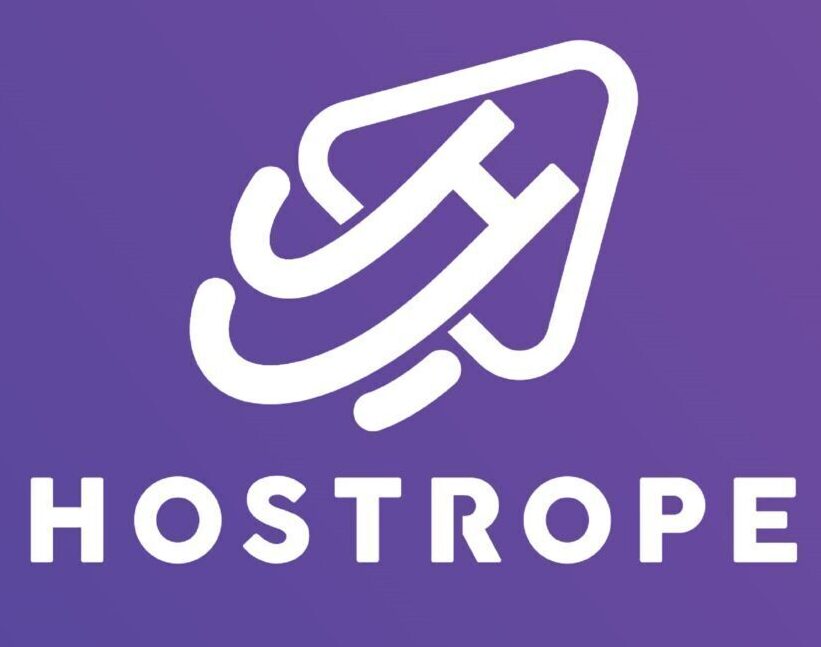Identifying your target audience is one of the most crucial steps in building a successful eCommerce business. Knowing your ideal customers enables you to create tailored marketing strategies, enhance user experiences, and ultimately drive sales. In this comprehensive guide, we’ll explore effective methods for pinpointing your target audience in the competitive eCommerce landscape.
Why Your Target Audience Matters
Understanding your target audience allows you to:
- Enhance Marketing Effectiveness: Tailor your messaging to resonate with specific groups, increasing engagement and conversions.
- Improve Product Development: Design products that meet the needs and preferences of your target customers.
- Increase Brand Loyalty: Build a loyal customer base by consistently delivering value that aligns with their interests and values.
Step 1: Analyze Your Current Customers
Start by examining your existing customer base to gain insights into who is currently buying from you.
Utilize Analytics Tools
Tools like Google Analytics are invaluable for gathering data on visitor demographics and behavior. Look for:
- Age
- Gender
- Location
- Interests
Understand Purchase Behavior
Analyze customer purchase patterns, such as:
- Which products are most popular?
- How often do customers make purchases?
- What is the average order value?
Understanding these behaviors can reveal common traits among your most valuable customers.
Gather Customer Feedback
Regularly collect feedback through:
- Surveys: Use platforms like SurveyMonkey or Google Forms to solicit customer opinions about their experiences.
- Product Reviews: Analyze reviews to understand customer satisfaction and areas for improvement.
Step 2: Conduct Market Research
Market research is essential for grasping the broader landscape in which your eCommerce business operates.
Surveys and Questionnaires
Create online surveys to gather insights about potential customers. Focus on questions regarding shopping habits, preferences, and pain points.
Host Focus Groups
Organize focus groups to gain qualitative insights. Engaging with a small group of individuals who fit your target audience can uncover deeper motivations and challenges.
Leverage Industry Reports
Explore industry reports from sources like Statista or Nielsen to understand consumer trends and behaviors relevant to your eCommerce niche.
Step 3: Create Detailed Buyer Personas
A buyer persona is a semi-fictional representation of your ideal customer. This tool helps you visualize and understand your target audience better.
Define Characteristics
Develop detailed profiles that include:
- Demographics: Age, gender, income level, education.
- Psychographics: Interests, values, lifestyle, and pain points.
- Buying Behavior: Shopping habits, preferred channels, and decision-making processes.
Example Buyer Persona
Name: Eco-Conscious Emma
Age: 30
Occupation: Sustainability Advocate
Income: $70,000
Interests: Eco-friendly products, outdoor activities, and health & wellness.
Pain Points: Struggles to find sustainable options that are stylish and affordable.
Step 4: Analyze Your Competitors
Examining your competitors can provide additional insights into your target audience.
Identify Competitors
List your main competitors and analyze their marketing strategies. Review their websites, social media channels, and customer reviews to see who engages with them.
Assess Customer Reviews
Read through competitor reviews to identify what customers like or dislike. This can help you find gaps in the market that your business can fill.
Step 5: Utilize Social Media Insights
Social media platforms are rich sources of data for understanding your target audience.
Analytics Tools
Utilize analytics tools on platforms like Facebook and Instagram. These tools provide insights into follower demographics, such as:
- Age
- Gender
- Location
- Interests
Engagement Metrics
Monitor engagement levels on your posts (likes, shares, comments) to determine what content resonates with your audience. Adjust your strategy based on this data to better connect with your target audience.
Step 6: Leverage Email Marketing Data
If you have an email list, use it to gain insights into your audience’s preferences and behaviors.
Segment Your Audience
Divide your email list into segments based on demographics, purchase behavior, or engagement levels. Tailor your messaging to each segment for improved effectiveness.
Analyze Engagement
Examine open rates, click-through rates, and conversion rates to see what types of content and offers resonate with different segments of your audience.
Step 7: Test and Optimize Your Strategies
Identifying your target audience is an ongoing process. It’s essential to continuously test and optimize your marketing strategies based on data.
A/B Testing
Conduct A/B tests on your marketing campaigns, website design, and product offerings. Experiment with different messages, visuals, and calls to action to see what resonates best with your audience.
Monitor Key Performance Metrics
Keep track of key performance indicators (KPIs) such as conversion rates and customer retention rates to measure the effectiveness of your strategies.
Conclusion
Identifying your target audience in eCommerce is not a one-time task; it’s an ongoing journey that requires continuous research, analysis, and adaptation. By utilizing data from various sources and creating detailed buyer personas, you can gain a deeper understanding of your customers’ needs and preferences. This knowledge will empower you to create targeted marketing strategies that drive traffic, enhance customer engagement, and ultimately lead to higher sales and brand loyalty.
Start implementing these strategies today, and watch your eCommerce business thrive by effectively reaching your target audience!












